Soft Amish White Bread (Video, Beginner Friendly)
Amish white bread is a slightly rich, soft, yet sturdy yeast bread that’s perfect for beginners. I know bread recipes feel completely overwhelming, but this version (with video tutorial) has been successful for thousands of beginner bread bakers. You can master homemade bread!
Jump to Recipe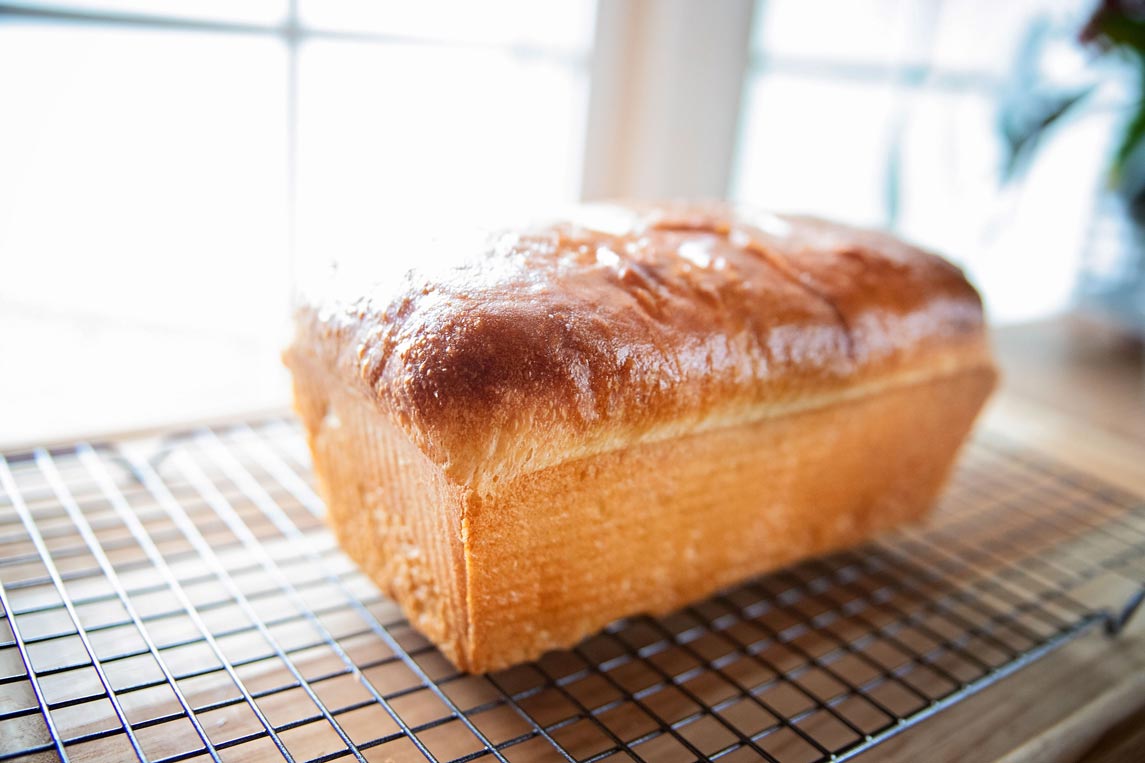
A bread baker for over 30 years (don’t tell anyone how old I am), I’ve taught beginner bread baking classes to dozens in my kitchen and to millions on YouTube. For every step in this post you can watch the companion video below and I encourage you to reference it often while mixing your first loaf.
I know all the things beginner bakers do wrong, and I’m going to help you fix those.
Watch the tutorial
Watch this video to see each step in action!
Table of contents
- Watch the tutorial
- 5 things beginner bakers do wrong and how to prevent them
- Common questions about Amish white bread
- For accuracy, measure your bread ingredients in grams
- Choose a loaf pan that heats evenly
- What your Amish white bread should look like at each stage
- Ideas for using stale bread
- Other ways to use your Amish white bread dough
5 things beginner bakers do wrong and how to prevent them
- Using water that’s too cold. Your yeast needs water slightly warmer than lukewarm. Like what you bathe a baby in, or about 110 degrees for those of you who don’t have kiddos. If it’s too cold, the yeast won’t activate or foam. This video shows you what yeast looks like when it’s alive. You can use active dry or instant yeast here. Activate them both in water the same way. Learn how to activate yeast in detail here.
- Cold ingredients will make rise time slow. Every ingredient you bake with needs to be room temperature. This includes your egg, and if you keep your flour in a freezer it needs to warm up too.
- Squishing the dough through your fingers and making a crazy mess. Your dough is not slime and you’re not a kindergartener. Keep your fingers closed like a scoop and work gently with the dough so it’s not stuck all between your fingers.
4. Smashing the dough too hard while kneading and making it sticky. Watch the video and notice that the dough isn’t getting smashed across the counter. Press down about 1/3-1/2 the depth of the dough. If you mash it too hard you’ll have a sticky mess. Learn more about kneading dough in this post.
5. Adding too much flour when kneading. This is so common when you start. I challenge you to use no more than an extra 1/3 cup of flour when kneading. Only sprinkle small bits on and under the dough as you go. Adding more than 1/3 cup of flour will make your bread heavy and crumbly after baking. If you knead lightly you won’t need too much flour.
Common questions about Amish white bread
You can swap half the white flour for whole wheat and it will turn out fine. You can’t sub more than half though without needing a recipe written for the behavior of whole wheat.
I like King Arthur bread flour. All purpose flour works just fine, your bread just won’t be as tall because it doesn’t have as much gluten.
I recommend that you do. Some have made it without it and they say it worked, but I can’t help thinking they missed out on some richness and moisture that the egg gives. Unless you’re allergic to eggs, leave it in.
You need some sort of sweetener and sugar was the classic ingredient. You can swap in a light honey if you’d rather but I haven’t tested it.
Instant yeast and active dry can be activated the same way. If you are a beginner, I recommend using either one as instructed in the recipe and activating it in water. I do not recommend using pizza dough or bread machine yeast and I don’t have any experience with fresh yeast.
Emphatically, absolutely no. Salt is a must.
Homemade bread will last about 3 days on your counter tightly wrapped. Never store bread in the refrigerator. You can freeze it with great success though! Slice it if you choose, then shape it back into a loaf and wrap it well in plastic wrap and two layers of foil or use an air tight bread box. Freeze for 6-8 weeks. Thaw at room temperature, in the toaster a slice at a time, or thaw all of it at once.

For accuracy, measure your bread ingredients in grams
Americans are the worst for not using scales. We do everything in cups/volume. But for bread and most baking recipes, how you measure that “cup” of flour can vary widely. Humidity also effects flour as moisture is absorbed from the air making the amount of moisture in your dough unpredictable.
That’s why using grams to weigh your ingredients means everyone gets the same amount of each whether they are in the tropics or the desert. Weighing ingredients is the key to success. You can pick up a scale at any grocery store for about $12 or you can get my favorite scale .
Choose a loaf pan that heats evenly
Believe it or not, glass loaf pans are supposed to be the best for bread. I can’t guarantee it won’t stick though–so use some parchment paper to line it. This glass pan is ideal. I’ve used USA Pans for years and love their durability but they are made from coated aluminum and I’m trying to get away from using aluminum when I cook.
What your Amish white bread should look like at each stage
Wait until your dough doubles in size before kneading. Watch your dough and not the clock. If a recipe says it should take an hour but your dough hasn’t risen and you’re sure your yeast was alive, just wait. Your dough will do its thing soon enough.
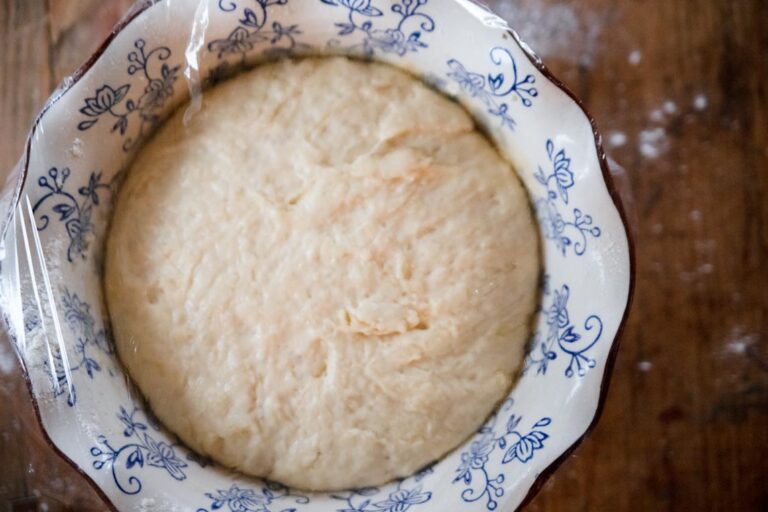
Your dough should be kneaded until it reaches window pane–when you can stretch a piece of it and see a bit of light through it without breaking. This takes longer with all purpose flour. You can see window pane in the video but plan to knead for 10 to 15 minutes. Then let the dough rest about 5 minutes before shaping.
Press the dough out to a loose rectangle then roll it up from one end. Pinch the seam shut and place it seam side down in your baking pan.
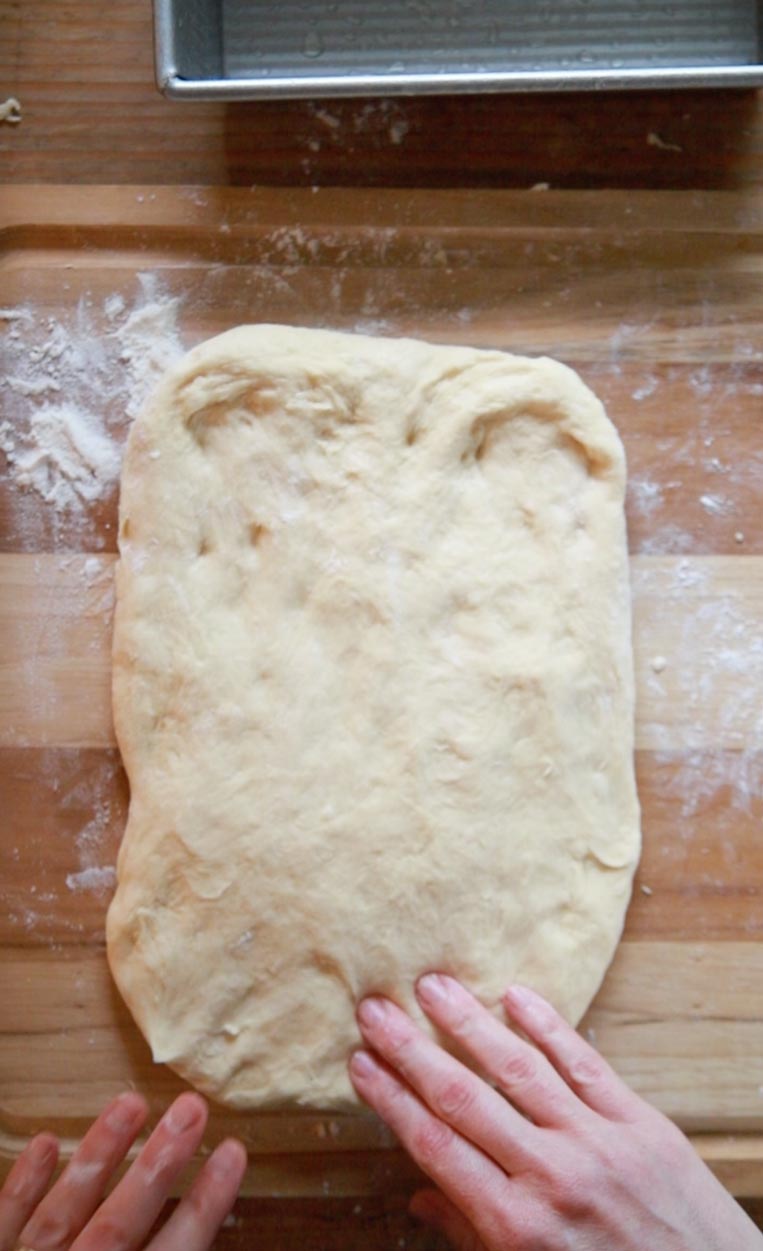
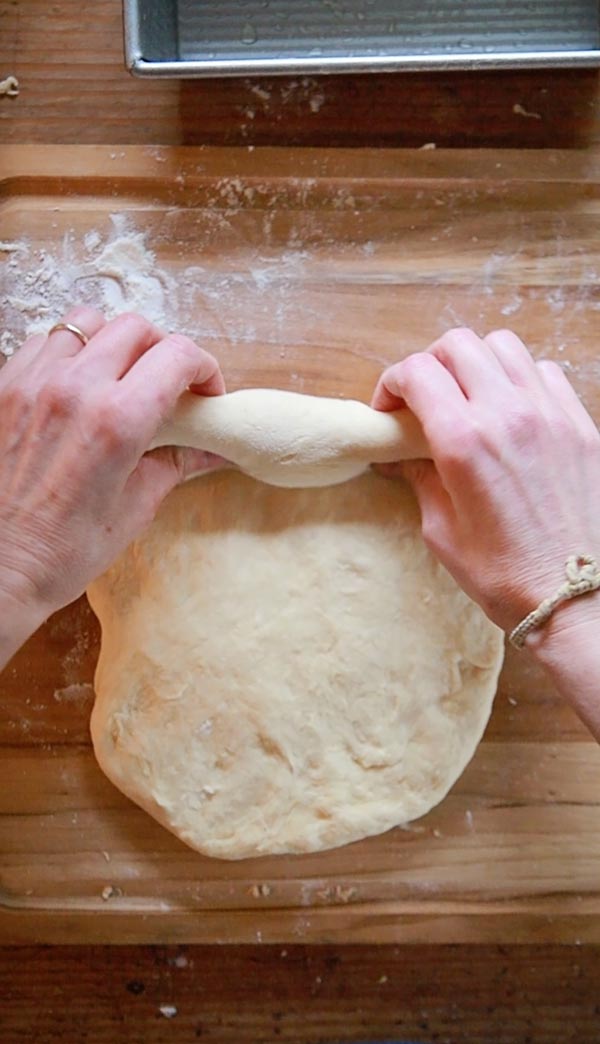
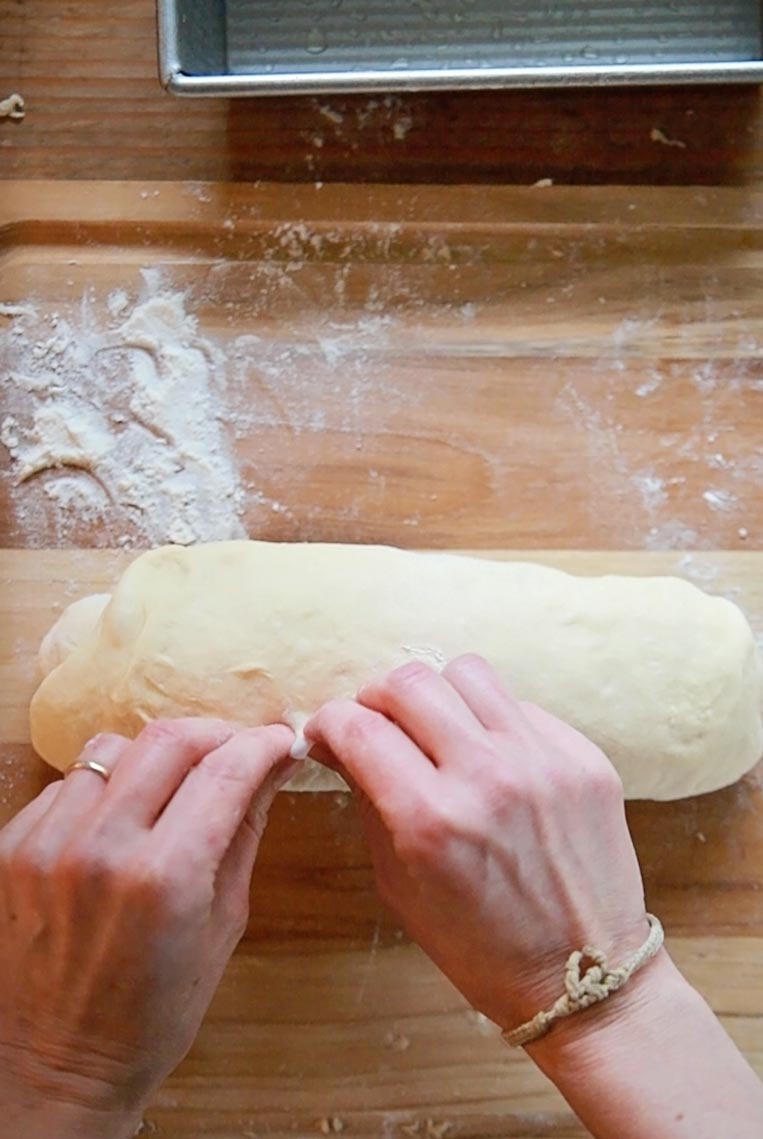
Let the dough rise uncovered until it’s about an inch above the rim of your pan or doubled in size. If you use a large loaf pan your dough won’t rise above the rim. If you decide to cover your amish white bread, use a damp towel or greased plastic wrap.
Take great care to make sure any cover doesn’t stick. Otherwise your homemade bread is ruined.
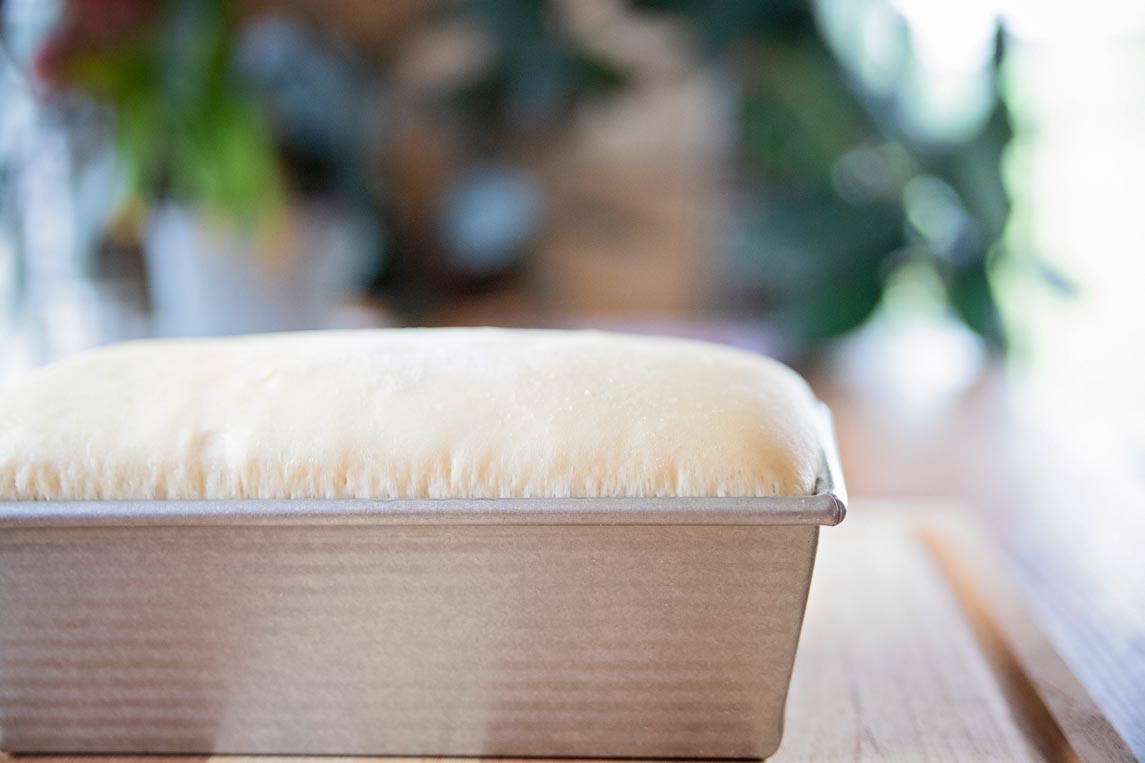
Bake your bread on the center rack in the middle of the rack (not pushed to the back or up near the door) for 25-30 minutes. You can take your bread’s temperature with a thermometer–it should read 190 or so if it’s done.
Tent your bread with foil during the last 10 minutes of baking if the crust is getting too dark.
Let it cool 5 minutes then turn it out on a rack to finish. Rub it over with a stick of butter to soften the crust.
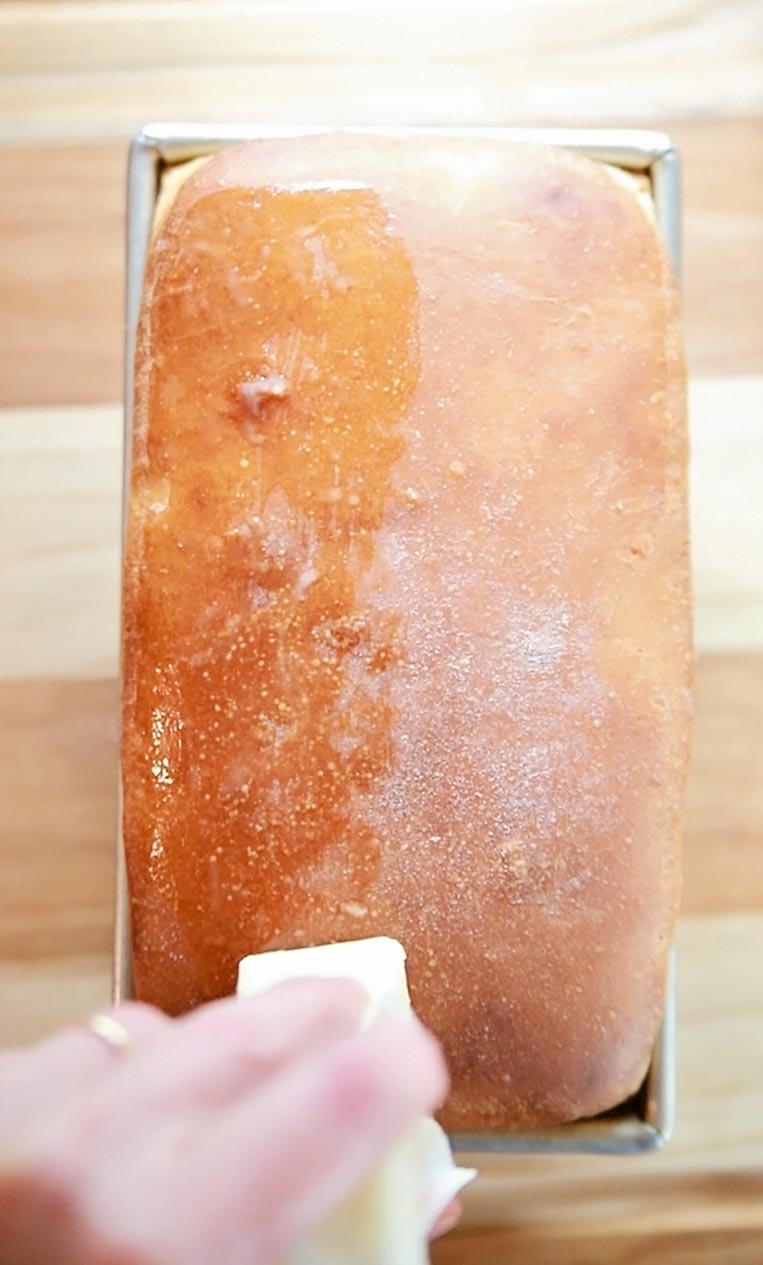
Ideas for using stale bread
Your homemade white bread will be heading toward stale in about 3 days. This really makes you think about all the junk in store bought loaves if they can last 6…8 weeks or more without molding. Gross! Make the most of your homemade efforts by using your stale bread too.
Stale bread makes amazing homemade croutons, or pulse your bread in a food processor and dry the crumbs out in a low oven (300 degrees) tossing often for bread crumbs. Store them in the freezer. Use bread cubes in an easy Panzanella salad so they can soak up the delicious flavors.
Other ways to use your Amish white bread dough

Soft Amish White Bread
Ingredients
- 1 cup lukewarm water (216 grams)
- 1 package active dry yeast (7 grams)
- 3 tablespoons sugar (50 grams)
- 1 egg
- 2 tablespoons flavorless oil (20 grams) I use avocado oil
- 3 1/2 cups bread flour (470 grams) all purpose will work
- 3/4 teaspoon salt (4 grams)
Instructions
- In a large bowl where you will be making your bread, add the water and yeast. Stir gently to combine and let it sit until you see some foam coming to the surface. This may take 5-15 minutes.
- Add the sugar and stir to combine. Add the oil and egg and use a fork to break the egg up.
- Add the flour and salt and stir to combine with a fork. Once it starts coming together, use your hands to work it in to a shaggy ball.
- Drizzle over a teaspoon of oil and pat it evenly over the surface. Cover with a damp towel or plastic wrap and let it rise until doubled in size. Just watch the dough and be patient but about an hour should do it.
- After the dough doubles, sprinkle the counter with a couple of tablespoons of flour and transfer the dough to it by using closed fingers like a scoop to scrape it from the bowl.
- Dust the top with another tablespoon of flour and knead the dough, sprinking the top and bottom with no more than 1/3 cup of flour until it is stretchy and you can see a bit of light through the dough when it's stretched–about 10 to 15 minutes of kneading.
- Let the dough rest five minutes then use your fingers to form it into a rectangle about as wide as your loaf pan. Roll it up like a sausage and pinch the seam closed. Place it seam side down in a greased and parchment paper lined loaf pan.
- Let the dough rise uncovered (see note 1) until it rises 1- 1 1/2 inches above the rim of the pan. About 45 mintues to an hour.
- 15 to 20 minutes before the bread is finished rising, preheat the oven to 400.
- Bake the bread on the center rack in the middle of the oven (not in the back, and not up near the door) 25-30 minutes. Tent with foil for the last 10 minutes if your bread starts to get too dark. You can take the temperature of your bread–it should be about 190 in the center when it's done.
- Transfer to a rack to cool 5 minutes in the pan, then turn it out and brush the top with butter for a softer crust. (Optional)
- Let the bread cool before slicing for the best texture inside.
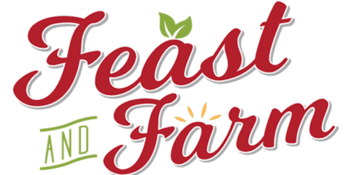
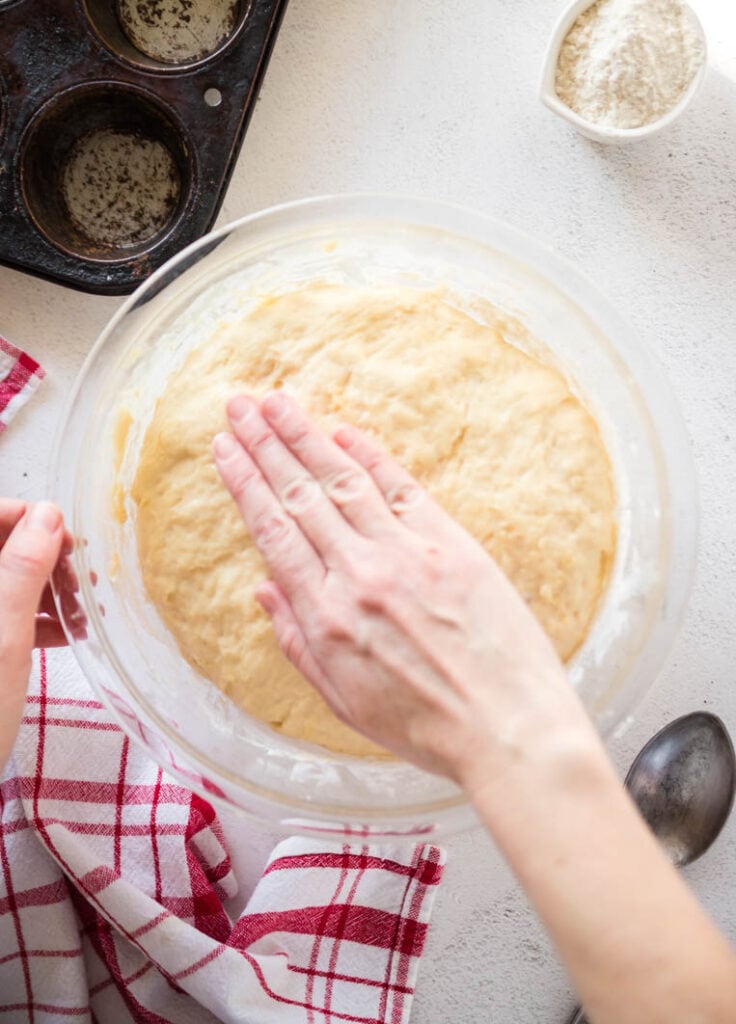

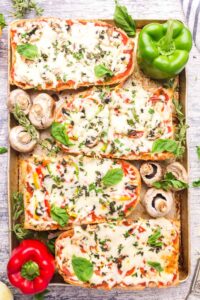


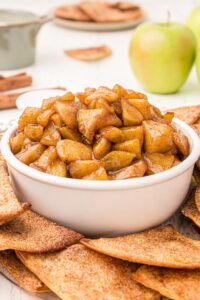
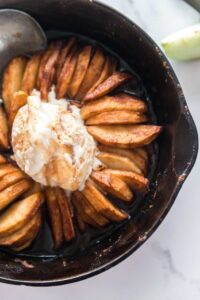
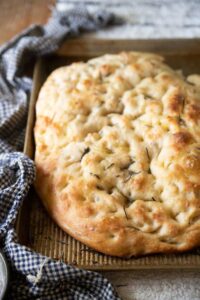
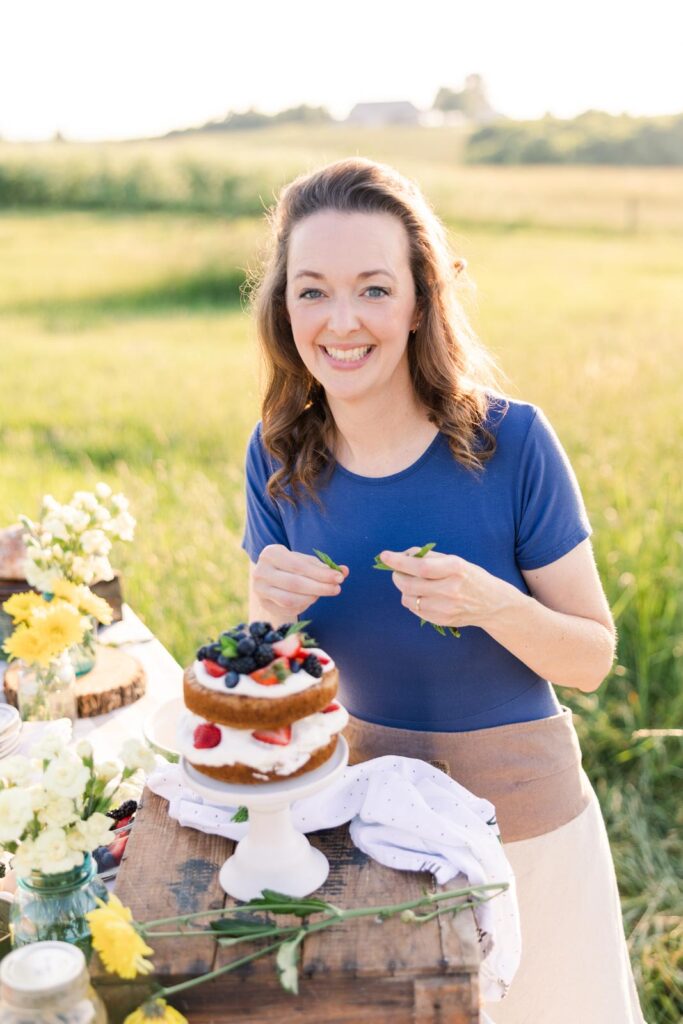
I recently finished the remodel of the kitchen in the new-to-us house and all of my go-to recipes have been failing. I went looking for new recipes to break the curse.
I made this and the whole wheat loaf. Boy taste amazing. The white inflated too much, really, but tastes so good and is so light. The whole wheat didn’t rise as much as needed. Both operator error. I’ll do one in two days instead of trying to do both.
Hey Cris congratulations on the new kitchen! That’s so great and I’m glad the curse is broken! And yes, whole wheat is much heavier and denser. It will need longer rise times and of course if you swapped it in to this exact recipe, you’ll want to make sure no more than half the flour was whole wheat. I do have a whole wheat bread over on my YouTube channel you can check out if needed. Either way, great job on your bread and practice makes perfect! –Rachel
I had used Fleischman
bread machine instant yeast. so I did not use one cup of warm water.
But Being the Beginner after
puting all ingredients in my bowl! I put a warm cup of water ( not for the yeast) but for the recipe. Never made bread or used any kind of yeast. Putting in oven soon.
Looks good so Far!
Thank you!
I love all Amish Food.
Safe and Excellent!
Just as an aside, for those wondering about not using salt or sugar.
The yeast, a living thing, needs the sugar to feed on, and the salt controls the rate at which the yeast feeds.
Great tutorial, thank you very much.
I’m in the middle of making this bread and it’s proving now, do you think it would be OK to add seeds to this bread or would it sink and maybe not cook? The recipe looks amazing and all the comments are wonderful so I’m very grateful for the recipe!
Seeds are okay, but I wouldn’t overload it. You also have to remember that adding anything to a bread will make it slower to rise so you’ll need to tack a bit more time on to rise #2 to compensate for it. –Rachel
Loved my bread, first time came out perfect thanks to your video. Can this recipe be doubled?
Yes it can be doubled. It doesn’t work if you try to triple it, but doubled is fine. –Rachel
Hallo, 19-20 Min. auf 400 grad ist wohl nicht richtig. Ein normaler E-Herd geht nur bis 250 Grad
Hallo, in den USA werden die Ofentemperaturen in Fahrenheit angegeben, das sind also 204 Grad Celsius bei anderen Öfen.
I MADE BREAD! Never learned to cook, always steered clear of it, but I MADE BREAD and it came out great and I’m doing it again and branching out into sourdough with my new-found courage. Thank you Rachel!
Hahaha! Way to go Linda! I have great tips for sourdough too if you need help with that. –Rachel
Just made this bread and it was so easy – turned out just like your pictures. Thanks for the great video tutorial.
Carol
Taupo, New Zealand
OMG! I and my husband absolutely love this bread. I don’t eat that much white bread, but this bread is so delicious it’s hard not to eat it all in one day. BTW, makes awesome grilled panini cheese.
I love that Cate!
I just made this bread…I am in tears…HAPPY TEARS!! I have never made bread in my life, and I followed your steps, even weighing all of the ingredients, and it came out PERFECT!!! I was so nervous, but kept replaying your video as I went along. You are a wonderful teacher! 😁
That’s so great Kimberly! No need to be nervous–you just proved to yourself what you can do! Way to go. –Rachel
I made a loaf of this today while waiting the twelve hours for my sourdough bread dough to rise. OMG! It is absolutely perfect! Your directions here and your youTube video explained it all step by step so even a novice like me could follow.
This brea dis delicious. It turned out so good I decided to make two more loaves as gifts for family members while still waiting on my sourdough to rise! 🙂
That’s so great Brian! I do sourdough as well but a fast loaf is great in a pinch too. So glad you had good luck with it. –Rachel